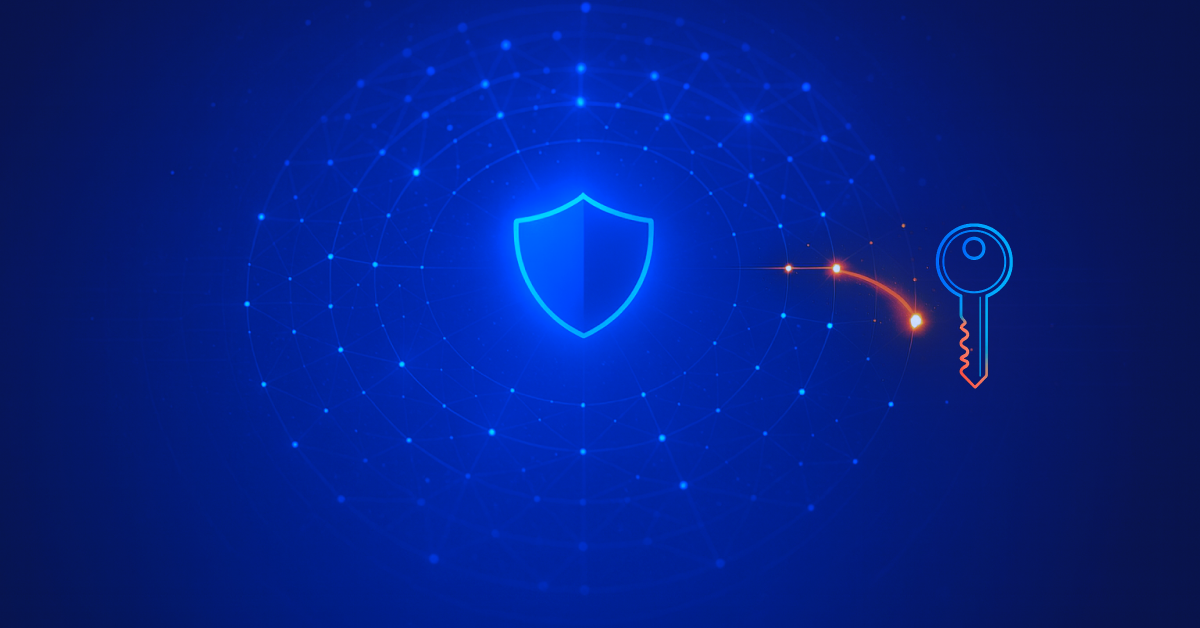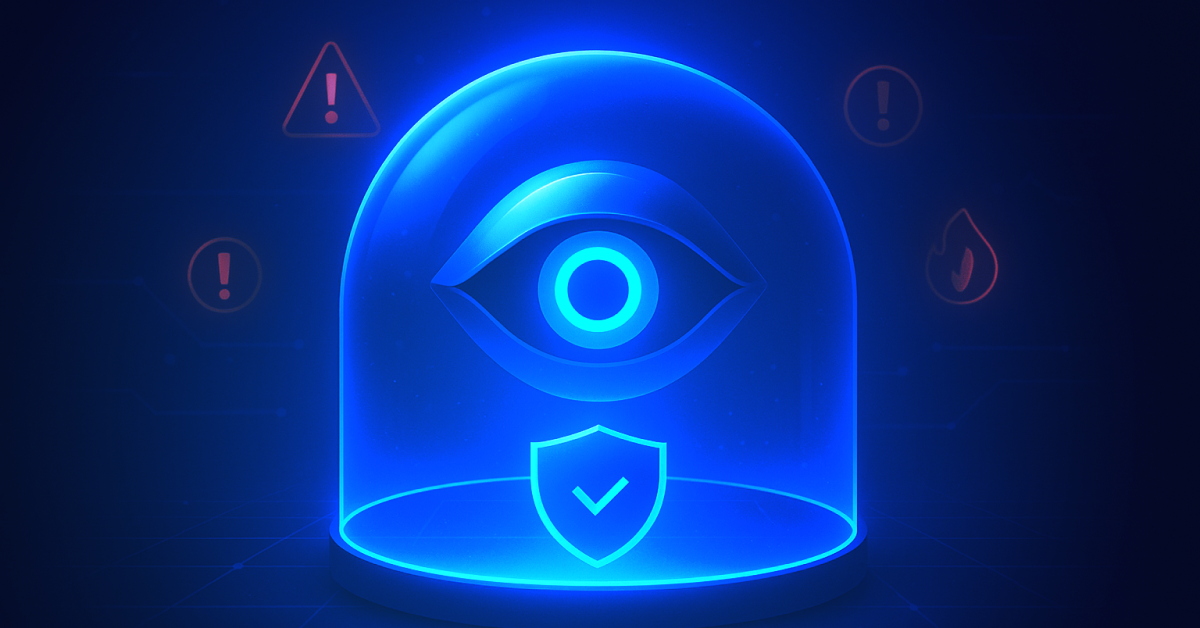Extend granular authorization decisions to SaaS applications and data
Zero Trust (ZT) is a security framework that focuses on the principle that organizations should not automatically trust anything inside or outside their perimeters. With a Zero Trust approach, organizations must verify every entity—including human and non-human entities—before granting that entity access to any of their systems.
Many implementations of Zero Trust are primarily designed around Zero Trust Network Access (ZTNA) frameworks, which emphasize securing the perimeter, securing transport to applications, and traffic inspection. But this perimeter focus often neglects the application layer, especially when it comes to cloud and Software as a Service (SaaS) applications.
And because SaaS applications are now the backbone of many organizations’ operations and data storage, organizations must revisit their traditional ZT strategies to ensure that they address the SaaS security gap. Let’s dive into why traditional ZT strategies don’t address SaaS security, and how organizations can implement end-to-end Zero Trust with Zero Trust Posture Management (ZTPM).
Perimeter-based Zero Trust doesn’t adequately address SaaS security
ZTNA plays an essential role in enhancing cybersecurity by enabling device integrity, secure transport, and user traffic inspection. However, ZTNA’s protections typically extend to only corporate users, and generally stop at the application’s door—thereby failing to extend the Zero Trust principles through the applications themselves.
This gap is increasingly significant as organizations migrate their critical data and business processes from on-premises systems to cloud-based SaaS platforms because those SaaS apps quickly become the primary targets for data theft and other security incidents. Unfortunately, the near-constant series of data breaches involving SaaS applications regularly reminds us of this reality.
In addition to holding sensitive business data, large SaaS applications often act as collaboration hubs for organizations with multiple external parties and host marketing communities, support portals, and partner registration sites. The external surface area can consist of thousands or even millions of external users with any number of cloud-to-cloud integrations that expand the attack surface to include third parties.
But ZTNA solutions were never intended to protect against these external risks and exposures, and Zero Trust Architectures (ZTA) consequently face a significant SaaS security gap.
NIST guidance and granular authorization
The National Institute of Standards and Technology (NIST) and other authoritative bodies on Zero Trust advocate for an end-to-end, continuous ZT process whereby authorization decisions are made as granularly as possible. This approach contrasts sharply with many current ZT implementations, which tend to make coarse-grained authorization decisions and essentially decide whether or not a user can access an application at all.
The variety of external users and the complexity of interactions within SaaS applications makes it clear that organizations need more granular authorization capabilities. Proper application of Zero Trust principles—such as least privilege and continuous authorization—could prevent many of the data breaches that impact organizations today. This includes maintaining visibility into external user activities, cloud-to-cloud connections, non-human identities, third-party risks, and policy-based controls over data exposure.
ZTPM enhances and extends Zero Trust principles
Zero Trust Posture Management (ZTPM) addresses the limitations of traditional ZTNA and extends ZT principles directly into the application layer.
With ZTPM, organizations benefit from a suite of advanced capabilities, such as:
Granular authorization and continuous monitoring: Unlike basic ZTNA, which focuses on whether or not a user should gain access to an application, the visibility provided by ZTPM enables granular, least-privilege based policies that adapt controls based on the specific actions and data with which a user can interact within the application. This granular authorization is paired with continuous monitoring of user activities and data access to adapt permissions dynamically based on real-time risk assessments.
Deep visibility and threat detection: ZTPM capabilities provide in-depth visibility into all SaaS application activities. With this visibility, organizations can understand each audit event and identify abnormal patterns that may indicate a breach or an attack for a given application type, such as unusual access to sensitive data fields, modifications in critical configuration settings, or attack patterns that are unique to a specific SaaS application. This visibility is crucial for real-time threat detection and response. For more information on SaaS audit logging, see our SaaS Event Maturity Matrix.
Dynamic security policy enforcement: ZTPM leverages insights that were gathered from continuous monitoring to inform the security policies of other ZT components that are based on user behavior and the evolving threat landscape. For example, ZTPM can notify identity providers to enforce stricter authentication measures for a user that can access highly sensitive data like customer PII.
External user and third-party risk management: ZTPM recognizes the diverse user base that interacts with SaaS platforms and extends security controls to external users and third-party integrations. ZTPM evaluates the risk associated with cloud-to-cloud connections and non-human identities to provide comprehensive coverage that traditional ZTNA cannot offer.
AppOmni’s pioneering role in ZTPM
AppOmni’s implementation of ZTPM within a ZTA represents a significant advancement over traditional security models. By integrating deep SaaS visibility and granular control, AppOmni not only secures SaaS applications but also enhances the overall resilience of the organizations it protects. Additionally, the AppOmni Developer Platform supports the seamless integration and security of in-house and custom applications to apply rigorous ZT standards to those apps.
Conclusion
With ZTPM, AppOmni offers a sophisticated solution that transcends traditional perimeter-based defenses and embeds deep security within the fabric of critical business applications.
This comprehensive approach is setting new standards in cybersecurity for SaaS because it not only addresses current security gaps, but also prepares organizations to face future challenges in an increasingly interconnected digital ecosystem. By redefining and extending Zero Trust to cover the applications and data of modern cloud environments, ZTPM ensures a robust, dynamic, and adaptable security posture.
Additional reading on AppOmni’s Zero Trust Posture Management Capabilities
- Introducing Zero Trust Posture Management (ZTPM): Extending Zero Trust Beyond Network Access
- Elevate SaaS Security With Closed Loop Zero Trust
- Elevating Identity Intelligence With Zero Trust Posture Management (ZTPM)

See AppOmni in Action
Learn how you can identify data exposure and risks, detect threats, and map compliance requirements with AppOmni.
Related Resources
-

ServiceNow Agentic AI: What It Means for CISOs, SOC Analysts, SaaS Admins, and Developers
Agentic AI expands ServiceNow risk. Read why securing AI agents matters for CISOs, InfoSec, SOC, admins, and IT leaders.
-

Security Advisory: Salesforce Gainsight Incident
Read AppOmni’s recommendations to secure your Salesforce-Gainsight integrations before it negatively impacts your customer data.
-

AppOmni Expands AI Security with Agentic AI Security for ServiceNow
See how AppOmni AgentGuard defends ServiceNow AI agents from prompt injection and access risks, building trust and compliance across platforms.